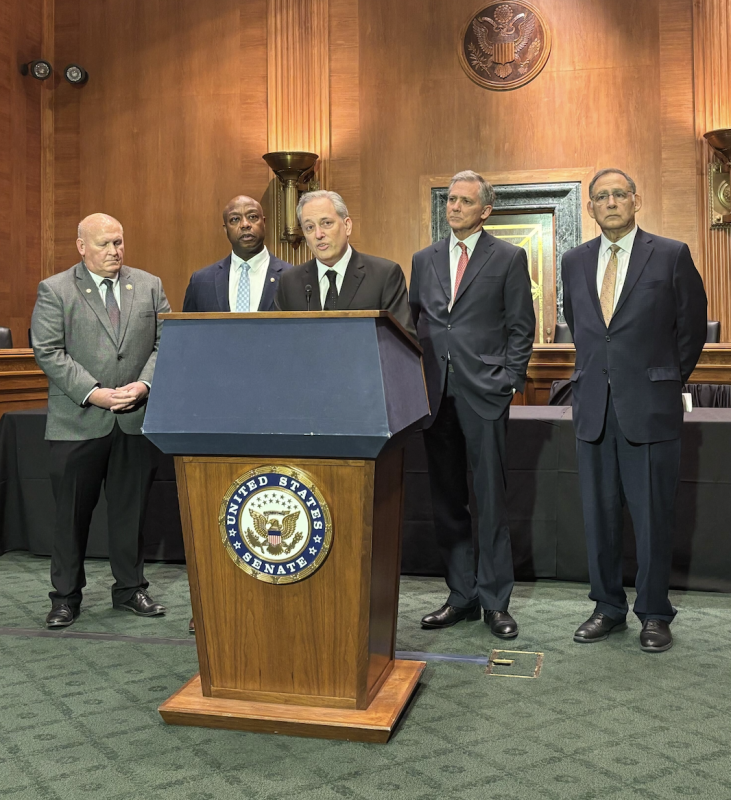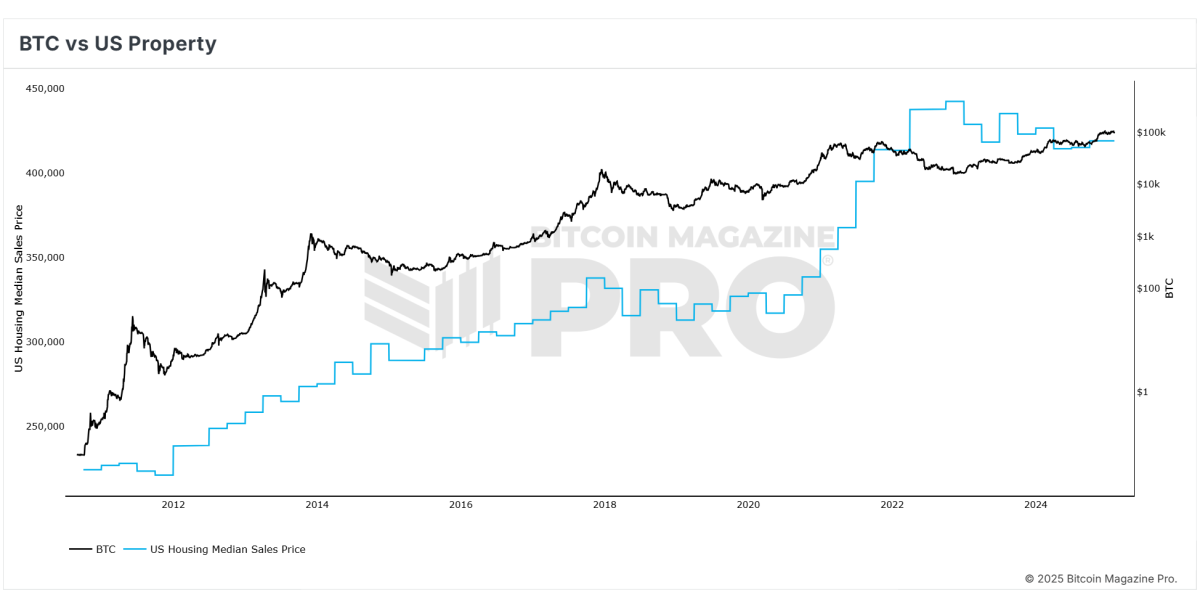Will Solana be the one? The race to be the prime smart-contract-enabled blockchain is heating up. Many projects are chasing Ethereum’s tail, offering faster and cheaper transactions plus technological innovations. What does Solana offer? An internal clock. An incredibly higher number of transactions. Fees so low that are almost non-existent. The possibility to scale to global adoption in their layer 1.
Related Reading | Solana to Launch Stake Pools, This Is How It Will Enable Rewards For SOL Holders
Will this be enough to capture the market? Is Solana the mythical Ethereum-killer that everyone is looking for? Keep reading and get enough info to make your own mind. We’ll summarize the good, the bad, and the ugly in digestible bullet points and short text.
What Is Proof Of History And How Does It Work?Contrary to what the name suggests, proof of history is not a consensus mechanism. Solana uses Proof-Of-Stake to validate its blocks. “The core Solana innovation is Proof of History (POH), a globally-available, permissionless source of time in the network that works before consensus,” says the following video’s information box.
To drive the point home, let’s also quote Techcrunch:
Enter Yakovenko’s big idea, which he calls “proof of history,” wherein the Solana blockchain has developed a kind of synchronized clock that, in essence, assigns a timestamp for each transaction and disables the ability for miners and bots to decide the order of which transactions get recorded onto the blockchain. Yakovenko says doing so allows for greater security and “censorship resistance.”
Solana’s creator is Anatoly Yakovenko, a San Francisco resident “who spent more than a dozen years as an engineer working on wireless protocols at Qualcomm.” He wasn’t interested in cryptocurrencies until he figured out a way to improve the system. In traditional blockchains, the blocks don’t carry a timestamp and that leads to inefficiencies. Yakovenko figured out a way to include it in the SHA-256 (Secure Hashing Algorithm 256) hash function, and the rest is history… proof of history.
Other Innovations That The Solana Blockchain OffersThis section will be the only technical part of the article, we promise. To start, we’re going to quote EVALUAPE’s analysis. They’re “a platform for demonstration and evaluation of blockchain projects.”
VDF, Verifiable Delay Function:
A function used to generate PoH. It is a collision resistant hash function. In short, this is a function that takes a bunch of data inputs and spits out an output in fixed size. The main advantage of the function is its security.
Avalanche Communication:
Simply speaking, since the hash value in every timestamp is calculated by the previous hash value, a long range of hash value can be broke into small partitions to be verified separately by the nodes. Each node only needs to verify a partition of hash value, and then concatenate and restore to a long hash value.
And for the next batch, we’ll quote Decrypt’s analysis of the Solana platform.
Tower Consensus, a variant of Proof-Of-Stake that:
Enables distributed networks to reach consensus despite attacks from malicious nodes, known as Practical Byzantine Fault Tolerance (PBFT).
Solana’s implementation of PBFT enforces a global source of time across the blockchain through a second novel protocol known as Proof of History (PoH).
Sealevel:
This allows for a parallel smart contracts runtime that optimizes resources and ensures that Solana can scale horizontally across GPUs and SSDs, which should help the platform scale to meet demands.
Gulf Stream:
Solana also completely nixes the mempool system used by other platforms, and instead forwards transactions to validators even before the previous batch of transactions is finalized. This helps to maximize confirmation speed and boost the number of transactions that can be handled both concurrently and in parallel.
Key Characteristics Of The Solana Blockchain- Technically, it’s still in beta. Their MainNet is up and running, though.
- Low barrier of entry to become a validator. There’s no minimum stake to start validating, but the possibility of being selected is directly tied to the size of your stake.
- It’s even faster than legacy financial systems AND centralized cryptocurrency exchanges.
- Over 100 projects were building on Solana by the end of 2020. Now, there are more than 250. The growth is exponential.
- At the time of writing, their official stats report 905 validators and 1331 nodes. The Avg. fee per transaction is $0.00025.
- They currently report 1,375 transactions per second.
- The project supports smart contracts in any programing language.
- It’s the “official chain” for USDC. And USDC is the second-largest stablecoin in the world.
- Sam Bankman-Fried’s FTX and Alameda Research. Their Serum DEX runs on Solana, as well as their projects Maps.me and Oxygen, a borrowing/lending DeFi protocol.
Related Reading | Why Solana and Polkadot Have Been The Least Impacted By The Crypto Crash
Solana, Criticism And Scandals- Even though they have ample documentation freely available, the project doesn’t have a clearly defined roadmap.
- Their official tokenomics clearly say “Subject to change.”
- There’s not enough information about the functions of the Solana Foundation. And they hold more than 10% of the SOL token. And manage a community reserve of a whopping 38%.
- Someone detected a mysterious wallet with 11,365,067 SOL. They ended up being an undisclosed loan from the Solana Foundation to a market-making firm that provided liquidity on Binance. Those tokens were eventually burned, but wow.
- In December, for six hours, “Solana’s Mainnet Beta network halted new block confirmations, which resulted in a temporary outage.” The reason was “A validator booted up two instances of their machine and it started transmitting multiple different blocks for the same slot, eventually creating 3 different unconfirmed minority partitions of the network. ” Their excuse was that Solana is still in beta, which is fair.
About Solana’s objectives, Anatoly Yakovenko told Techcrunch:
“Everything that we do to make this thing faster and faster results in this better censorship resistance and therefore better markets,” he said yesterday. “And price discovery is what I imagine is the killer use case for decentralized public networks. Can we be the world’s price discovery engine? That’s an interesting question to ask.”
Featured Image by Zack Dowdy on Unsplash - Charts by TradingView
You can get bonuses upto $100 FREE BONUS when you:
💰 Install these recommended apps:
💲 SocialGood - 100% Crypto Back on Everyday Shopping
💲 xPortal - The DeFi For The Next Billion
💲 CryptoTab Browser - Lightweight, fast, and ready to mine!
💰 Register on these recommended exchanges:
🟡 Binance🟡 Bitfinex🟡 Bitmart🟡 Bittrex🟡 Bitget
🟡 CoinEx🟡 Crypto.com🟡 Gate.io🟡 Huobi🟡 Kucoin.



















Comments